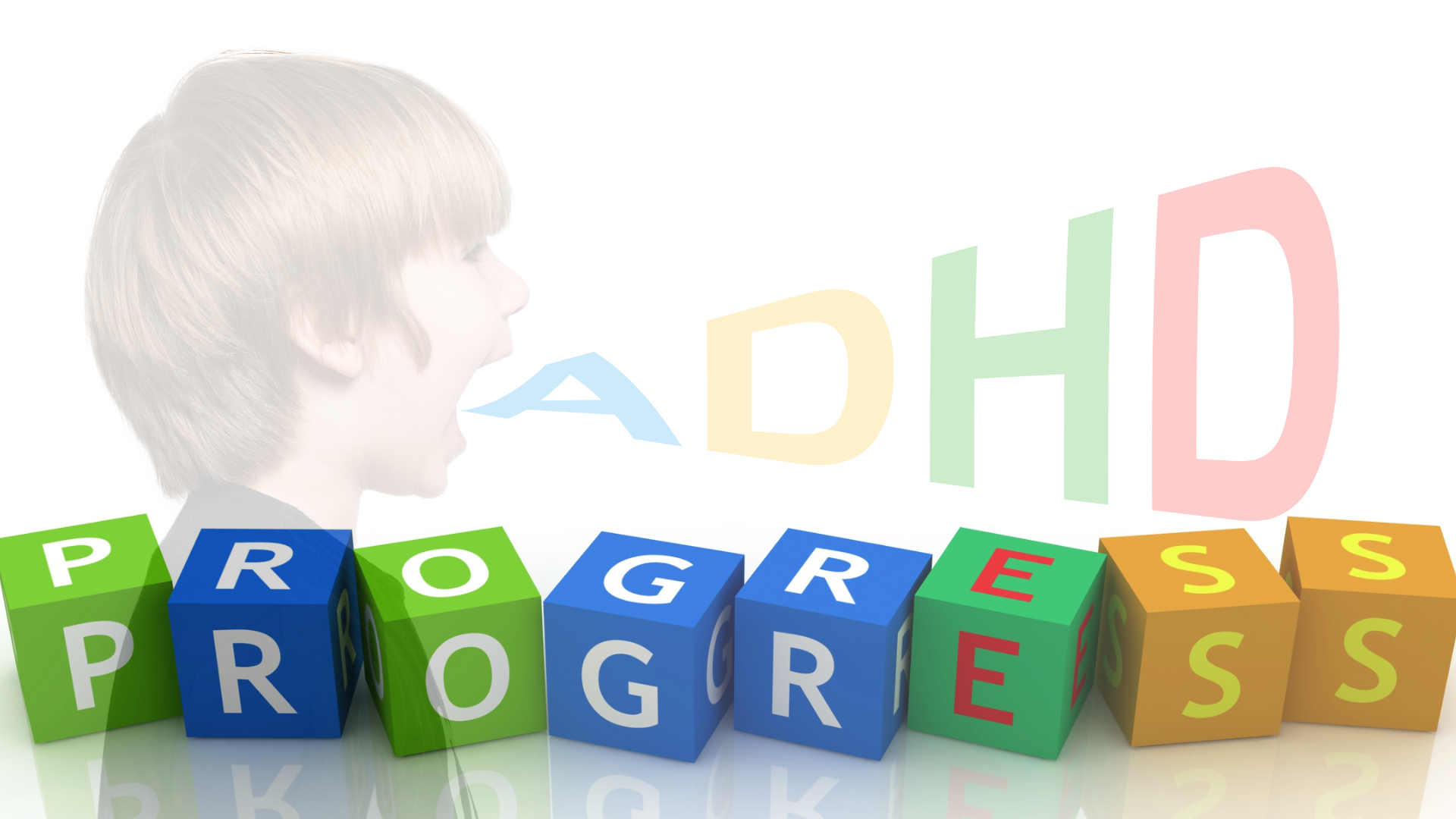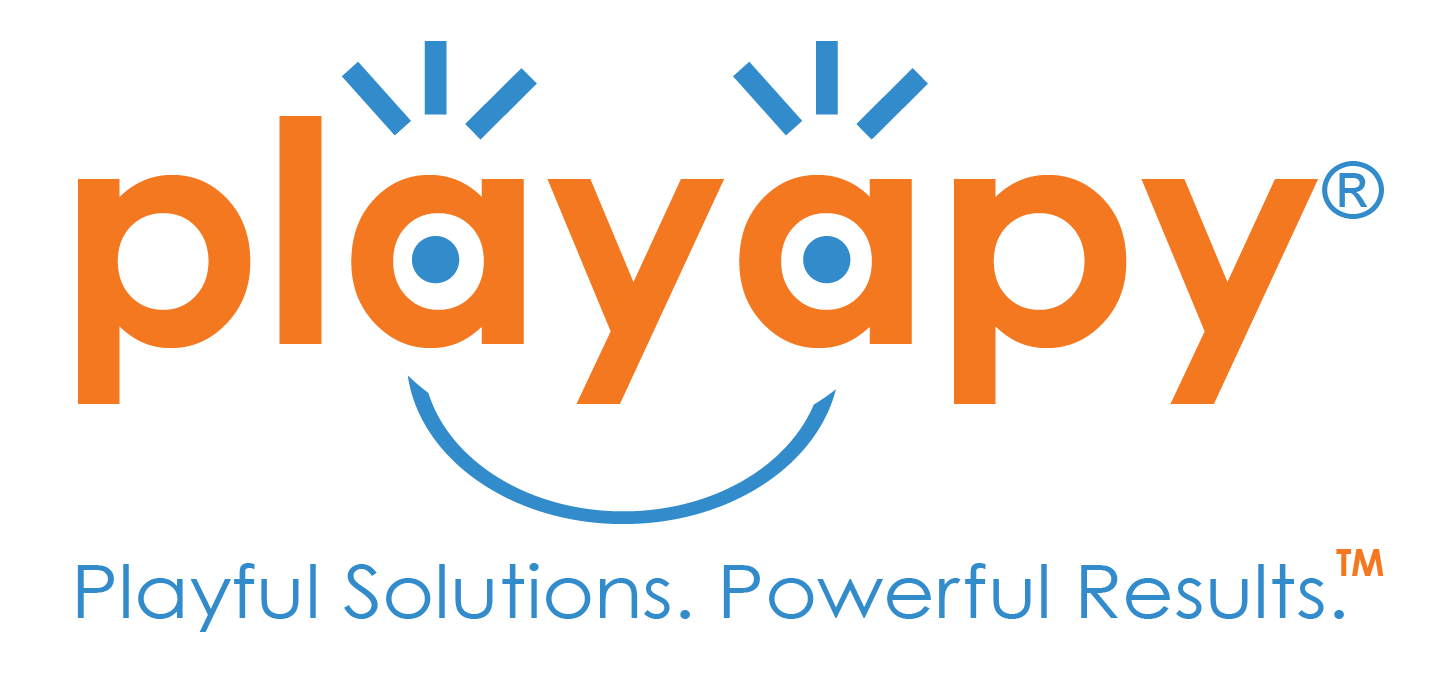
21 Oct ADHD P.R.O.G.R.E.S.S.
As a pediatric occupational therapist, I have worked with many families navigating the parenting of children with ADHD. Since October is ADHD Awareness Month, I want to share with you my top tips to help children with ADHD symptoms. To make them easier to remember, I created an acronym as a mnemonic device, something I often use to help myself remember as well. These 8 suggestions for P.R.O.G.R.E.S.S. are non-medicinal, yet easy to follow recommendations developed over years of experience and from industry experts.
P is for Protein
P is for Protein. Foods rich in protein can have beneficial effects on ADHD symptoms. Our bodies use protein to make important neurotransmitters for brain function. An article in Additudemag.com entitled, “Why Sugar is Kryptonite: ADHD Diet Truths” states that protein also can prevent surges in blood sugar, which increase hyperactivity and impulsivity. It also mentions food to avoid including those high in sugars, containing artificial preservatives and dyes, and foods with common allergens. In general, I recommend consuming protein in every meal and snack, as well as eating fewer processed foods.
R is for Routines
Developing routines can help to manage ADHD symptoms. Routines can boost productivity and overall well-being. Predictable schedules create structure and create feelings of safety and security. Routines also allow for a child to focus on one thing at a time and make daily activities more manageable. Providing a visual example of various routines can also be helpful for visual learners. For others, practice of a routine can create memorization of the movements it takes to complete a task. It is important to note that routines should also include scheduled time for fun as well as activities that you may want to limit like social media and screen time.
O is for Organization
Organizational tools help to establish routines. These can include calendars, checklists, timers, alarms, folders, labels, and mnemonic devices. Organizational tools can take the pressure off having to remember everything you need to do or where everything is. They are also so much easier to access given there are many free digital apps on mobile phones. Additionally, children are also assigned computers in school with many organizational tools built in as part of the software available.
G is for Green Time
Along with the need to decrease screen time for children, there is the need to increase time outdoors. According to another article on AdditudeMag.com, “Green Time: A Natural Remedy for ADHD Symptoms,” studies led by University of Illinois researcher Frances Kuo, Ph.D., provide solid evidence linking time spent in natural surroundings to an increased ability to focus with ADHD. This is encouraging to know. However, what if going outdoors isn’t an option? I invite you to follow the advice of Dr. Laura Park Figueroa of Therapy in the Great Outdoors. When I interviewed her on the Playapy YouTube channel, she suggested trying something as simple as sitting by a window to get some green time in!
R is also for Rest Breaks
In line with the idea of more green time is the need to have rest breaks. For years, many schools have been reducing or even eliminating recess, thinking the time was better spent in class. This is counterproductive given that children and adults need movement to stay focused and attentive throughout the day. According to professor of psychology at the University of Pennsylvania’s School of Medicine, Dr. Russell Ramsay, planned breaks can be an essential coping mechanism for people with ADHD. Good breaks can be bounded and linked to a task, having start and end times to keep you in work mode.
E is for Exercise
In addition to green time and rest time which can both be sedentary, exercise is also beneficial. Physical exercise is known to have benefits for general health and well-being with potential to improve mood and quality of life as well as reduce stress. However, a growing body of literature shows that exercise can help to reduce ADHD symptoms including hyperactivity and impulsivity, improve attention, and enhance executive functioning tasks. In a webinar I took on ADHD, neuropsychologist Dr. David Nowell specifically recommended 10 minutes of exercise daily with alternating intensity levels. 1
S is for Sleep
Sleep problems with ADHD can increase with age and vary according to the type. This can lead to forgetfulness and difficulty concentrating throughout the day. Getting adequate sleep is essential to people of all ages. Developing good sleep hygiene includes setting up routines and a proper environment to allow for success. Common recommendations I have learned over time include ending screen time at least one hour before bedtime, establishing and sticking to a consistent bedtime, avoiding sugar and caffeine within hours of bedtime, and creating a bedroom environment that is dark, quiet, and cool.
S is also for Support Team
S is not for Superhero. The work to help a child with ADHD be successful cannot fall on one individual. It takes a support team, a group of peers and professionals to assist with implementing a plan, following the routines set, and ensuring that time and resources are spent with the health of the child in mind. This also includes leaning on friends and family and informing them of what your expectations and values are. It takes communication and care.
There is an endless list of suggestions and recommendations you can follow to help a child with ADHD succeed. These are my top 8! I hope you find these tips for P.R.O.G.R.E.S.S. helpful and useful. Download the corresponding TIPS LIST as a reference sheet.
Amy Baez is the Founder of Playapy and Creator of the PALS Handwriting Program. She is an award-winning pediatric occupational therapist, speaker, and parenting consultant with over 20 years of experience.
1 Mehren A, Reichert M, Coghill D, Müller HHO, Braun N, Philipsen A. Physical exercise in attention deficit hyperactivity disorder – evidence and implications for the treatment of borderline personality disorder. Borderline Personal Disord Emot Dysregul. 2020 Jan 6;7:1. doi: 10.1186/s40479-019-0115-2. PMID: 31921425; PMCID: PMC6945516.
